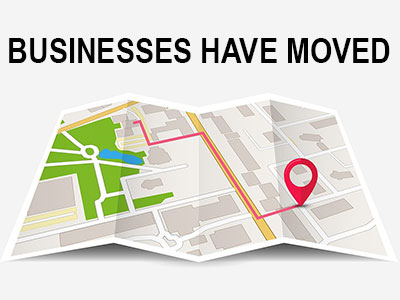Businesses are on the Move
Businesses are moving to where they can succeed.
According to The California Policy Center, 237 companies have left California since 2005. Most companies cited the expanding regulatory and taxation environment. U-Haul said that for the fourth year in a row, California showed the largest net loss of one-way movers. The situation isn’t getting better. According to the Los Angeles Area Chamber of Commerce, the number of businesses departing nearly doubled from 2012 to 2019.
Tech companies are leaving as well. For example, Oracle, Palantir, HP Enterprise, and Tesla are leading the list. Additionally, two major insurers paused issuing property insurance and that news was followed by two additional property insurers choosing to leave due to rising costs in doing business in the state.
More than half of these companies moved to Texas searching for a more profitable opportunity. According to the Governor of Texas, the state is welcoming companies looking for no state income tax, a better regulatory environment, and a young, skilled, and growing workforce. Our clients are definitely in search of talent!
Chicago is also seeing an exodus. Caterpillar, Boeing, Citadel, Tyson Foods, and many others have been on the move from Chicago. Even those staying are complaining. For example, McDonalds has been concerned about the crime.
Wall Street Firms On the Move
According to Bloomberg, nearly 160 Wall Street firms have moved their headquarters out of New York. This took $1 trillion in assets out of New York. In this case, they cited taxes, cost and crime, a similar list to the California and Chicago firms. Since Wall Street accounts for 16% of the economic activity in the city and 7.3% of the state which is the highest in the nation, it will have a significant impact on the economy. Many of these firms are moving to Florida. California also lost $1 trillion in assets to Florida, Texas and other states, according to the study.
Manufacturing Is On the Move
Similarly to businesses and Wall Street firms on the move, manufacturers are also on the move. Certainly, manufacturers are moving out of big cities to business-friendly locations within the United States. Typically, companies are looking for cost, tax, and regulation-friendly states. For example, California’s electricity ranks 46 out of 50 states, and since manufacturers consume electricity, it adds to the reasons to consider a move. On the other hand, Texas offers several incentives for businesses which has led to dramatic growth.
From a global perspective, manufacturing is on the move from China to less risky locations. Businesses are reshoring to the United States and Europe, and nearshoring to lower cost countries close to large markets. Reshoring statistics show that 2 million jobs have resulted since the manufacturing low of 2010 which is around 40% of what was outsourced. What’s exciting is that it took 11 years to return the first million, and only 3 to return the next million. U.S. manufacturing facilities are being constructed at a higher rate than any other property type. In 2022, manufacturing experienced a 40% increase year over year and 62% increase over the past five years. Executives mentioning reshoring increased 3000% in the three years since the pandemic. .
What to Take Away
Hiding your head under a rock will not help! If you are tied to one of the states experiencing an exodus, take note. Costs are unlikely to go down if businesses keep leaving as revenues will go down for the state, and they might take people with them. Pay attention to common sense policies and practices.
On the other hand, don’t simply follow the crowd. If you had done that 20 years ago, you might have moved to China. Would that have been a good idea? Sometimes yes, sometimes no, and sometimes definitely not. Instead, perform a quick assessment on your future customer needs, your differentiators in the marketplace, and what that means for your future.
Upgrade your processes with proactive, strategic processes such as SIOP (Sales Inventory Operations Planning) to figure out whether you should move and what makes the most sense in reallocating production, distribution, and your supply chain network. To learn more about these strategies, download our complimentary book, SIOP: Creating Predictable Revenue and EBITDA Growth.
And prepare for a manufacturing resurgence. Read our article about why manufacturing matters and will thrive in the next decade. Smart companies will be three steps ahead with advanced technologies, building the ability to scale up and introduce products rapidly, and hoarding and building talent as a top strategy.
If you are interested in reading more on this topic:
Supply Chain Shortages Remain a Concern: Strategies for Success



